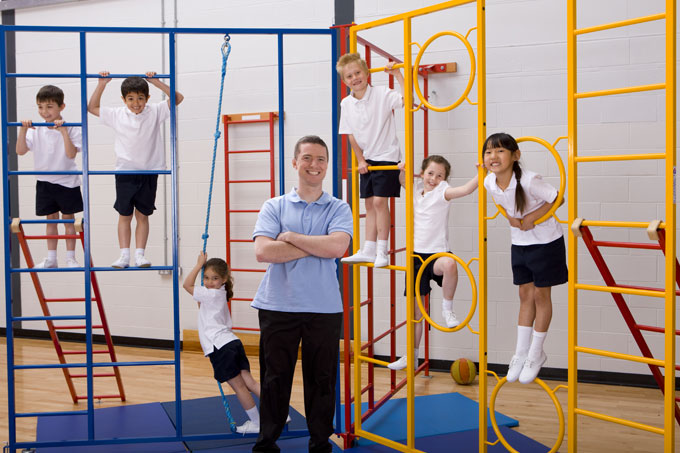‘Let’s Connect’ is the focus for this year’s Children’s Mental Health Week (6th – 12th February 2023), promoted by the children’s mental health charity Place2Be. The week is a way to raise awareness and is supported on their website through educational resources, both for the classroom and home, as a way to encourage children to make meaningful connections that will support their mental health.
Place2Be are focusing on connections as in their most recent report (2023) they highlight 78% of the young people who their counsellors saw within the last year had difficulties with social situations in particular anxiety issues. They suggest that the return to classrooms after lockdowns and classroom restrictions, has been the main source of the anxiety issues, with 65% of children identifying that interactions with classmates were difficult. Previously in 2022, it was reported by the Children’s Society that a record 420,000 children in England were being treated for mental health problems. They highlighted that happiness levels have declined by 7% over the pandemic, again emphasising the need for raising awareness and supporting our children’s mental health.
But why is meaningful connections important and how can they be developed through sport, physical activity and exercise?
Physical activity has the power to be life-changing; it has the potential to improve the mental health and wellbeing of children. Engaging in physical activity, including through sport, movement and physical education (in school), can help reduce levels of distress, help develop a positive sense of identity, as well as supporting wellbeing through regular participation. This ultimately can help prevent mental health difficulties and improve the quality of life especially for children who were having sleep difficulties.
Our research has found that being physical active both at home and within school settings can develop life-long participation in sport, physical activity and movement which can enhance feelings of connectedness, remove the feelings of loneliness and hopelessness and thus reduce feelings of suicidal ideation. Being part of a sports team is associated with lower depressive symptoms, lower perceived stress and better self-rated mental health in young people and research by has also found that physical activity, in particular frequent vigorous activity, had protective measurement against feelings of hopeless and suicide risk in adolescents especially males.
It is vital for children to find a physical activity and movement that they connect with and opportunities for them to participate within. The Sport England Active Lives report (2022) shared the increase in participation in more individual sporting activities following the pandemic. However individual sports still have sporting connections as you participate alongside, with and then compete against others. Murray and Howells (2023) share in their recent research the importance of immersive experiences within physical education lessons and encourage the use of non-traditional activities, such as wheels (such as scooters, skateboards, skates, tricycles and bicycles) within the curriculum to enable a wider range of experiences, connections and passions to be developed.
Also Alessia Russo (the record breaking Lioness) in recent acceptance speech for her honorary PhD award highlighted the importance of connections. She shared how playing football within the boys football team, enabled her to start her dream of playing. Her dedication, teamwork and commitment to dreams is an inspiration to our University community.
The key is to enhancing children’s mental health through sporting connections is to offer a wide range of sporting opportunities, both within school and the community, it is time to raise awareness, and continue to support the children’s mental health. #letsconnect
Dr Kristy Howells is Reader in Physical Education and Sport Pedagogy.
 Expert comment
Expert comment Emma Grafton-Williams
Emma Grafton-Williams 2224
2224


